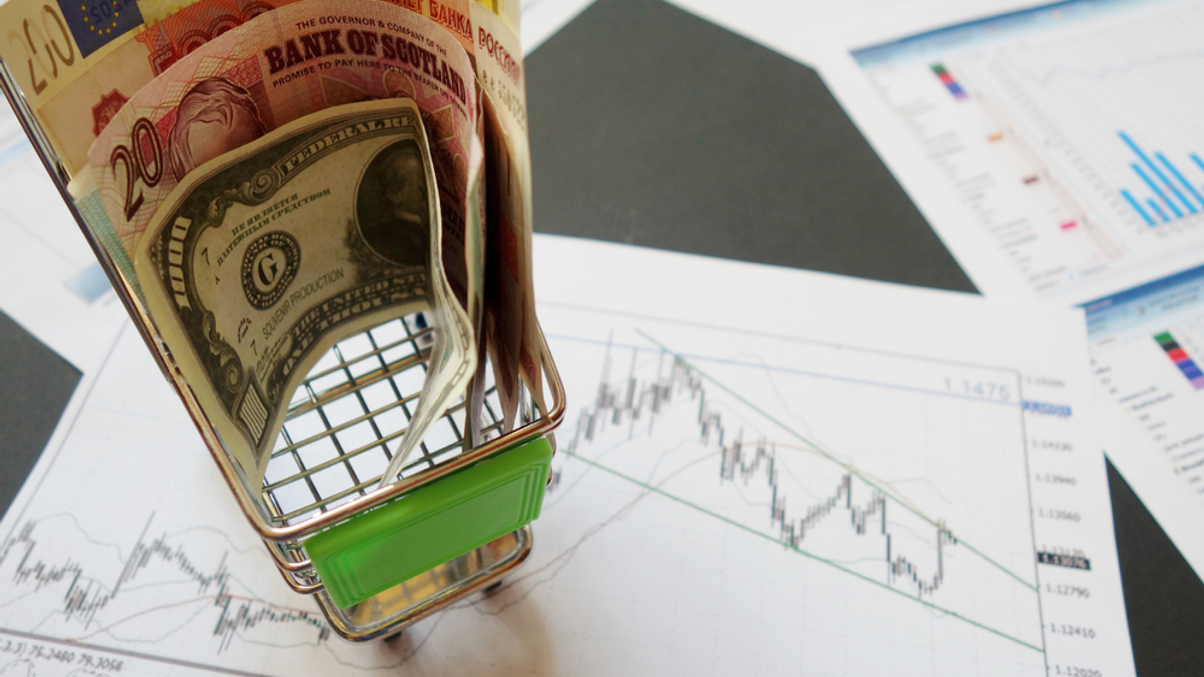Singapore’s monetary policy to keep bond yields high and strengthen SGD
The Monetary Authority of Singapore’s recent move to tighten monetary policy will lower the impact of higher imported inflation and strengthen the local currency, experts said.

Investors are keeping a positive outlook on locally issued bonds and overseas investments, as Singapore’s tightening of its monetary policy is anticipated to keep yields high and strengthen the Singapore dollar (SGD), experts said.
Sign In to Your Account
Access Exclusive AsianInvestor Content!
Please sign in to your subscription to unlock full access to our premium AI resources.
Free Registration & 7-Day Trial
Register now to enjoy a 7-day free trial—no registration fees required. Click the link to get started.
Note: This free trial is a one-time offer.
¬ Haymarket Media Limited. All rights reserved.


